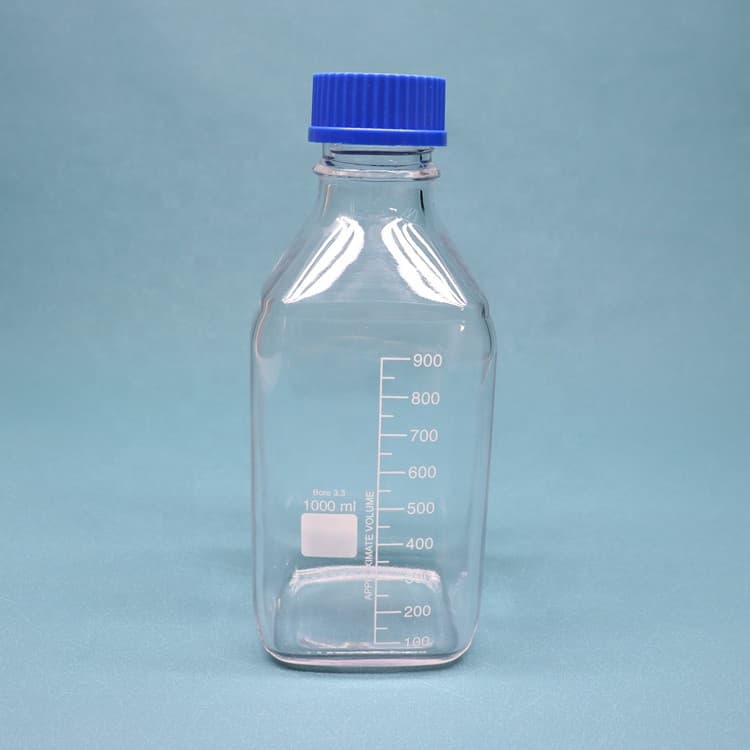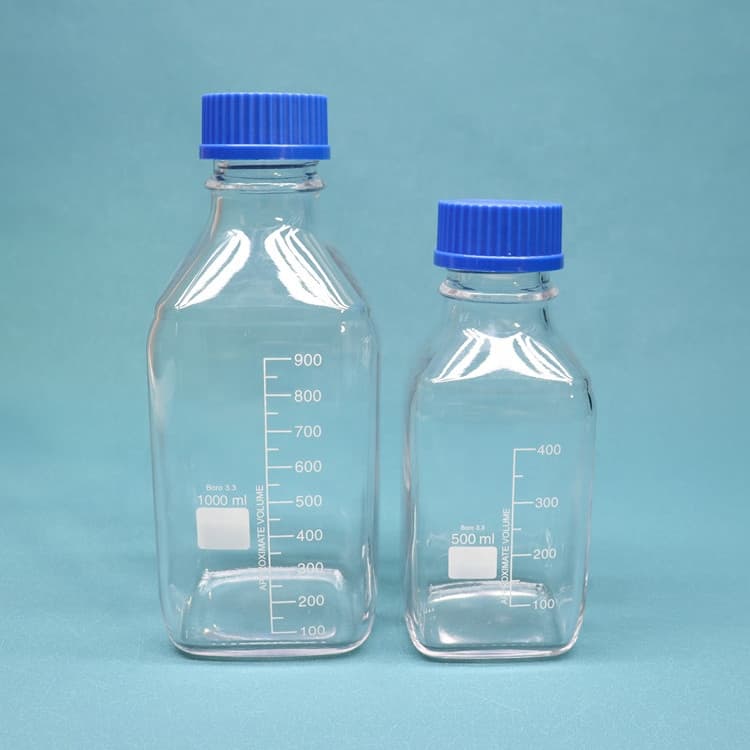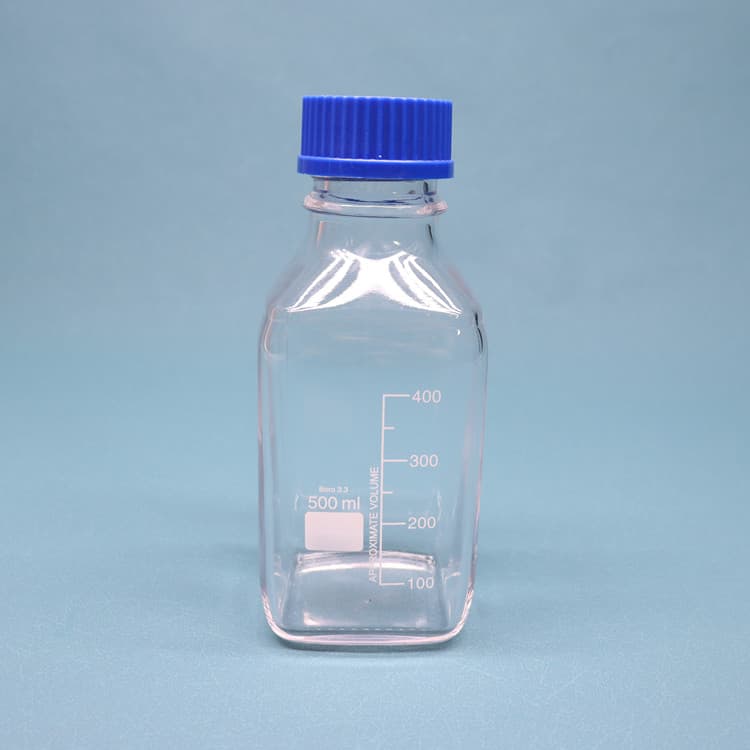



The standard EPA vial consists of three components: the polypropylene open top closure, the septa (Teflon bonded to silicone) and the glass vial. The closure is made from a steel mold. The septum is die cut from sheet material with a steel die. The glass vials are made from glass tubing that has the bottom and threads machined by a fine flame.
An alternative headspace vial septum was investigated, to reduce siloxane interferences from the septum at high temperature, and improve the reliability of high temperature headspace analysis. These septa are referred to as High Performance septa. To demonstrate and qualify their performance, HS background at high temperature and
Mar 31, 2022 · General Chromatography Vials and Applications in the Headspace. First, let’s find out what septa is in short terms: Septa is a circular silicone or silica gel gasket. You can put septa in the cap of the HPLC Vial to seal the vial. Also, with that action, you guarantee that there is no gap between the cap and the vial in the HPLC analysis.
chemical characteristics. The septum is provided with a thin 0.005” PTFE layer laminated to highly pure silicone, and slit through the center for easier needle penetration and to release the vacuum that forms when a large volume of sample is withdrawn from a vial. This septum provides chromatographic characteristics similar to that of a
The septum forms a barrier between your sample analyte in the vial and the outside atmosphere. This barrier protects your sample from external contamination while allowing a needle (from a manual or automatic syringe) to enter the vial, and extract the sample for the next stage of separation.
sample is withdrawn from a vial. This septum provides chromatographic characteristics similar to that of a septum without a slit except that the ability to withstand exposure to aggressive solvents is slightly lessened. Pre-slit PTFE/Silicone Septa: A PTFE/Silicone septum is provided with a thin 0.005” PTFE layer laminated to
Feb 25, 2021 · compromise your analysis. – Perform multiple injections. Our exclusive polypropylene/silicone bilayer septum maximizes sealability—even for standard/calibration injections. – Minimize rerun. Precision-engineered vials reduce autosampler errors. – Comply with regulations. All vials and caps meet EPA 537.1, EPA 533,
Catalog number: TS-13019. For a convenient, versatile, and cost-effective vial and closure system, choose Aijiren Tech™ Screw Cap Septum Vials. Made of autoclavable borosilicate glass and available with a wide assortment of special closures and accessories, these vials are ideal for sample collection and small derivatization reactions
Septum maintenance: TIC of an inlet/vial septum Septa contamination in wash vials or inlet liners can be diagnosed by looking for siloxane polymers in your total ion chromatogram. Each peak in the chromatogram corresponds to a cyclized (ring structure) siloxane molecule. These molecules fragment with very similar patterns. Example spectrum:
to optimal analysis. Each septum complements the overall system and 5182-0548 Amber vials, 2 ml, 12 x 32 mm with write-on spot, clear polypropylene snap
Use the simple online Aijiren Tech SureSTART Selection Guide to find the right septa and vial for your analysis. Aijiren Tech SureSTART Selection Guide Answer a few simple questions and our SureSTART Selection Guide will recommend the best septa, cap, and vial for your workflow.
Jul 23, 2020 · By definition, According to the definition, Septa is a circular gasket made of Silicone or silica gel. In HPLC analysis, Septa is usually placed in the Cap of the HPLC Vial to seal the HPLC Vial to ensure that there is no gap between the Cap and the Vial.Aijiren's Septa uses a double-sided material, and the combination of PTFE and Silicone
vial is vented to atmosphere, re-equilibrated, and the next subsequent extraction performed. Between two consecutive extractions, the vial is being equilibrated on probe, that is, during this period, the sample probe remains in the vial after its first piercing of the vial septum to avoid leakage that could result from multiple piercing.
The vials were purged for 3 min in a stream of pure nitrogen (5.0) and then crimped. Ten minutes after sealing, an SPME fiber was introduced to the vial for pre-concentration and to enrich the gases emitted by the septum. This extraction stage was performed for 10 min at 30°C. Afterwards, a GC–MS analysis was performed. The analysis of
VOA Vials are most commonly used for Volatile Organic Compound Analysis. These Vials are Type 1 Borosilicate glass available in Clear and Amber. Vials come with a choice of 1pc 24-414 white cap and sonically bonded septum.